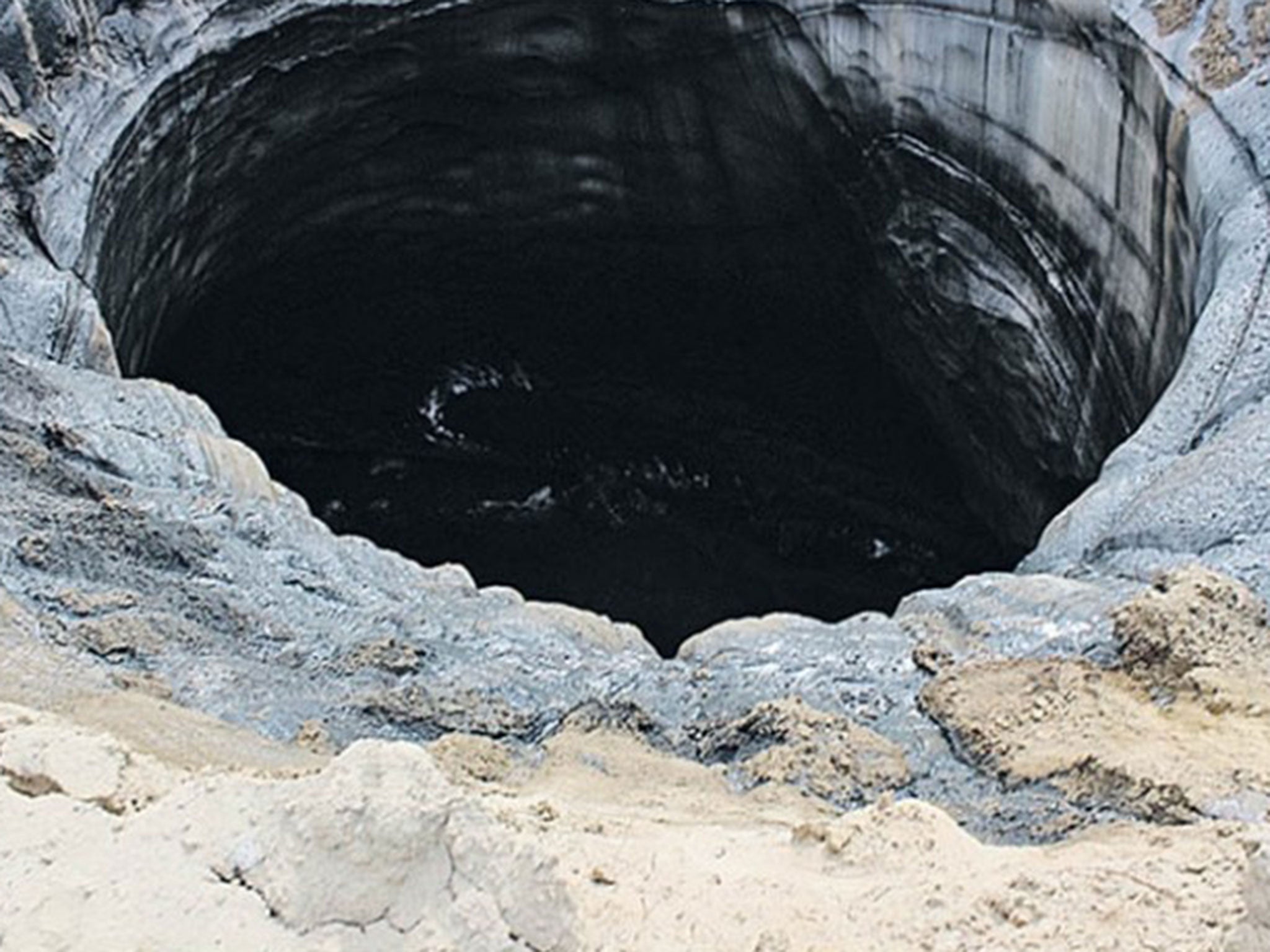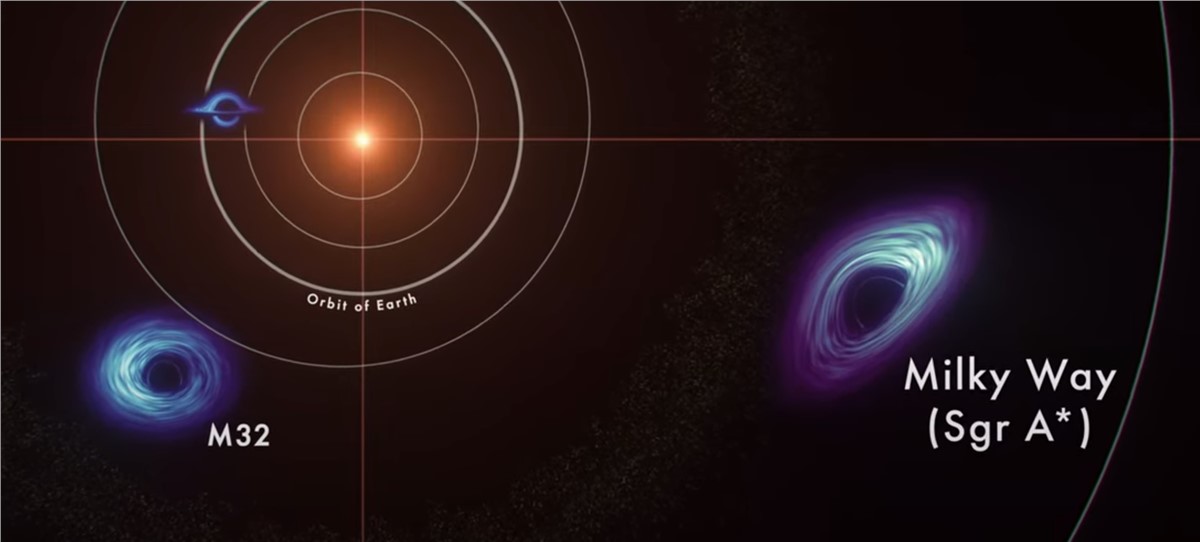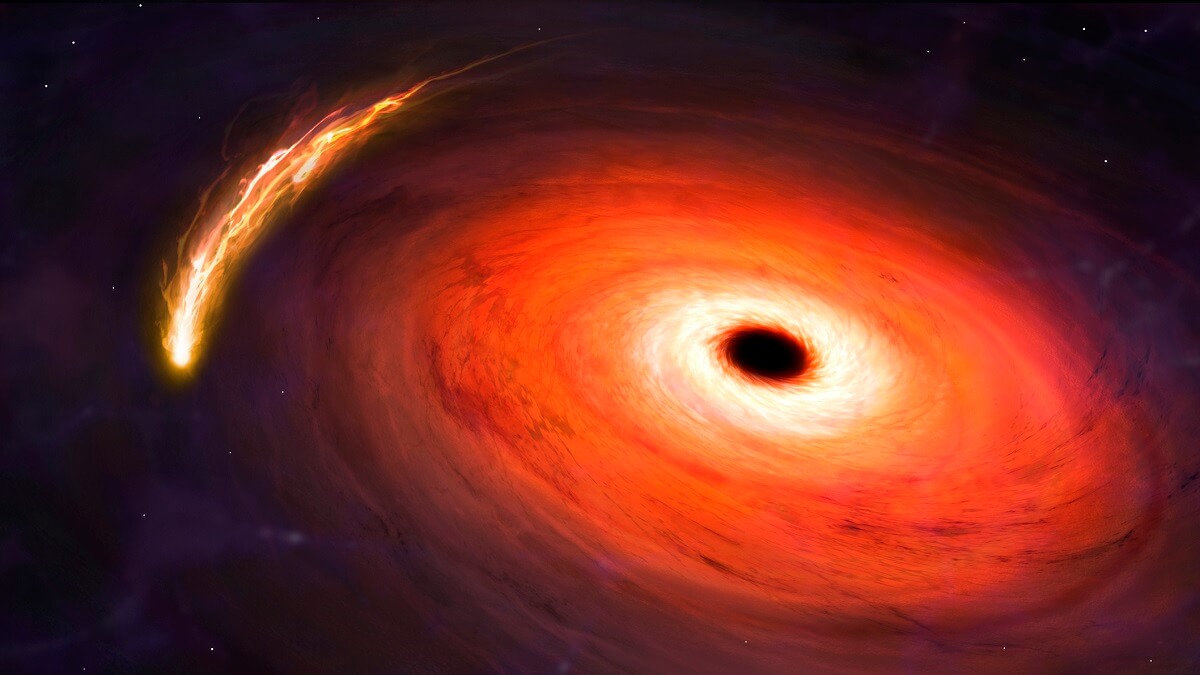
Biggest black hole code#
Molina wrote code to search through about 46,000 dwarf galaxies observed by the Sloan Digital Sky Survey and found that 81 galaxies glimmered with the faint orange of damaged iron. While neither object had the traditional appearance of a feeding black hole, it was hard to imagine what else could be doing such violence to iron atoms. The researchers checked another candidate and found the same trait. The radiation was a tell-tale sign of iron atoms that had been so battered that they lost nine electrons - the so-called “Fe X” (or “Iron 10”) line. While trying to confirm one of Reines’ candidates from a radio survey, Molina noticed a particular orange glow. Mallory Molina, an astronomer collaborating with Reines at Montana State, stumbled onto a new technique by pure luck. Now astronomers have come up with fresh ways to find more of these hidden giants. You make me feel like I am a reasonable person,’” she recalled. Suddenly, Volonteri’s proposal seemed less radical. They were unconfirmed candidates, but their number left little room for doubt: Dwarf galaxies could sculpt massive black holes. Of the 25,000 or so dwarf galaxies her algorithm scoured, 151 showed signs of hosting growing black holes of hundreds of thousands of solar masses. Then in 2013, researchers uncovered the mother lode.Īmy Reines, an astrophysicist now at Montana State University, led an analysis of data from the Sloan Digital Sky Survey looking for energetic patterns of visible light typical of feasting black holes.

Many astronomers questioned the existence of the objects. But at the time of Volonteri and Natarajan’s proposal, researchers hadn’t seen clear signs of such feeding frenzies in dwarf galaxies. If, that is, dwarf galaxies had large black holes at all.Īstronomers typically spot actively feeding black holes at the centers of large galaxies by the blindingly bright jets they emit, which drown out the surrounding stars. These unique conditions would be more likely to freeze black holes in relatively undeveloped, seedlike states, Volonteri and Natarajan reasoned. Through some mixture of mergers and gobbling up of matter, the first “seed” black holes grew into the monsters boasting billions of solar masses that seem to sit at the heart of every large galaxy today.īut dwarf galaxies haven’t experienced many mergers and tend to have less matter to feed their black holes. Many of those galaxies collided over time, and their black holes merged. Back in the universe’s first billion years, when galaxies were just getting started, they forged the first stars - and the first black holes. In this way, dwarf galaxies resemble the earliest galaxies.


“They are quieter places in the universe,” said Priyamvada Natarajan, an astrophysicist at Yale University who worked with Volonteri on the research (and who is currently a member of this magazine’s advisory board). Dwarf galaxies remain small either because they have dodged encounters with other galaxies, or because they formed relatively recently and haven’t had many chances to collide yet.

Researchers believe that galaxies like the Milky Way are the patchwork products of more than 10 billion years of mashups, in which galaxies repeatedly smash into their neighbors, growing larger each time. “They’re a total mess,” Volonteri said.īut the tiny tangles of stars harbor secrets that larger galaxies have forgotten. They’re also patchy, dim and generally hard to study in detail. Ten to 100 times lighter than the Milky Way, they lack the gravitational moxie to pull themselves into the tidy round shapes amenable to theorizing. “There may be a lot more of these things in these galaxies than we could find using the traditional techniques.” Off the Mapĭwarf galaxies are relatively uncharted astronomical territory. “People keep finding more of them,” said Ryan Hickox, an astronomer at Dartmouth College who recently helped locate one himself. An increasingly accurate tally may help to finally explain the universe’s earliest, and biggest, black holes. The discoveries highlight how little astrophysicists know about what types of black holes inhabit the universe, and the challenges theorists face in explaining where they all came from. In recent years, powerful telescopes and innovative observational strategies have allowed researchers to more closely scrutinize dwarf galaxies. Then astronomers started finding the beasts.


 0 kommentar(er)
0 kommentar(er)
